Photographer Uses Puffin Disguise to Blend In with Unsuspecting Birds
![]()
A photographer in the UK has managed to get up close and personal with puffins by wearing a humorous puffin disguise to put the birds at ease.
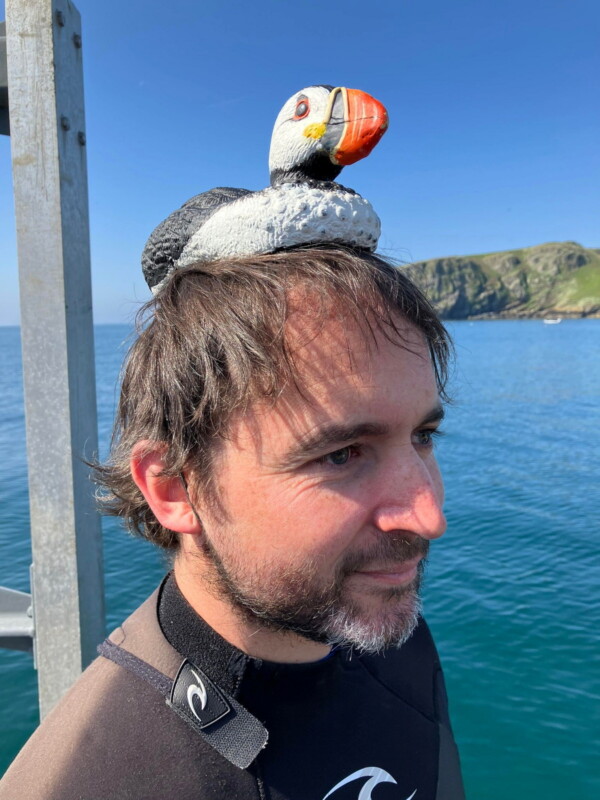
“I was absolutely thrilled to see so many puffins,” Yelland says. “I have snorkeled with big blue sharks off of Penzance before, and seen tiger sharks whilst surfing in Indonesia, but this was an absolutely magical encounter.”
The disguise not only allowed the photographer to approach the birds, but they even attracted curious puffins who ventured near Yelland to investigate the strange-looking (and strangely still) faux bird.
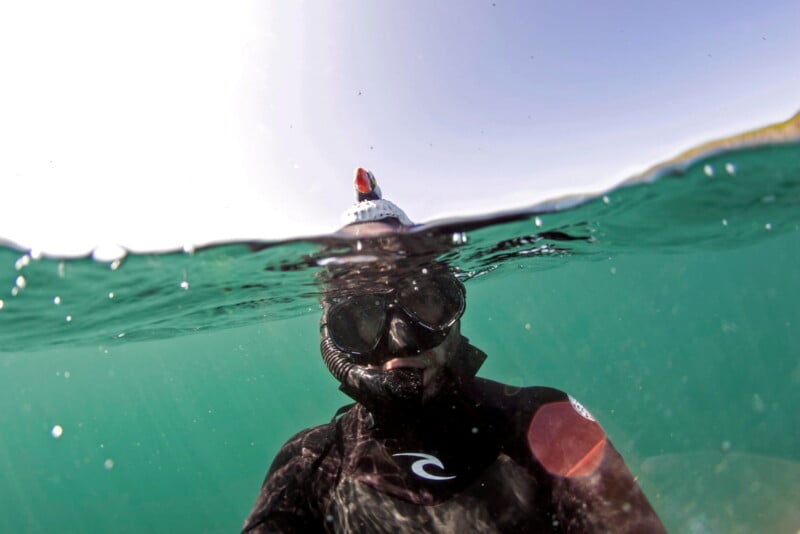
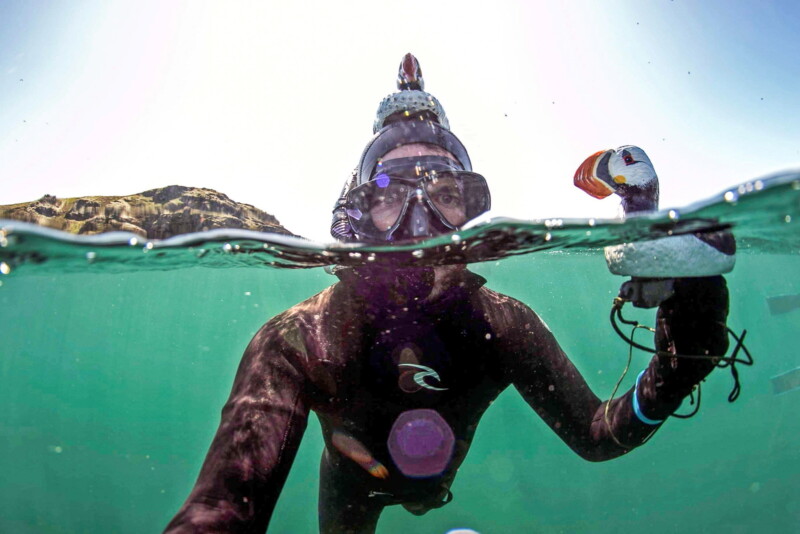
“The decoys we were given to use were brilliant,” Yelland continues. “The puffins became very interested in them and would come up to them to check them out.
“We were told to move the decoys about, and this is what drew the puffins close by. It was one of the best things I have ever done.”
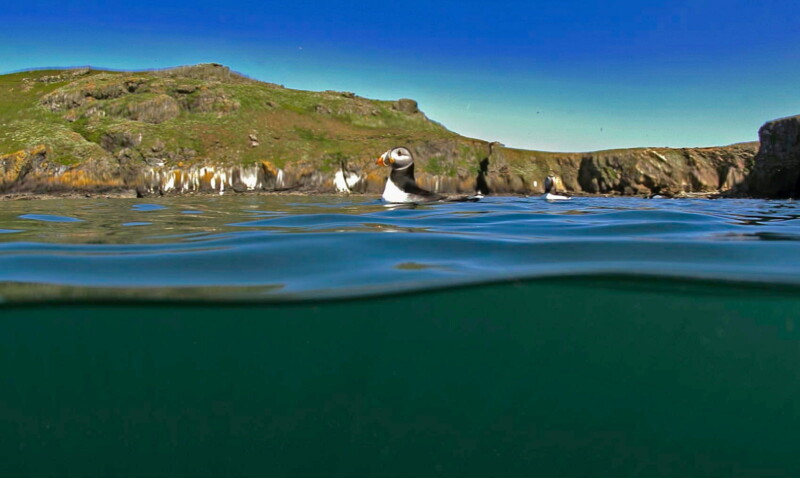
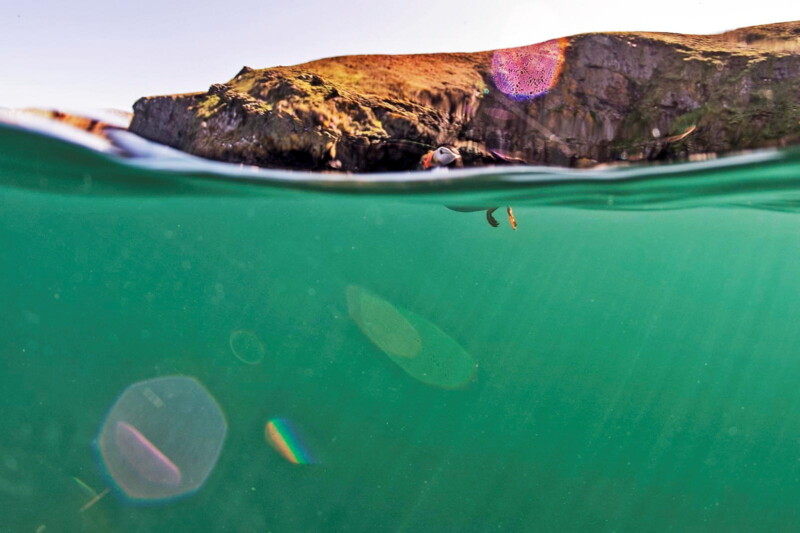
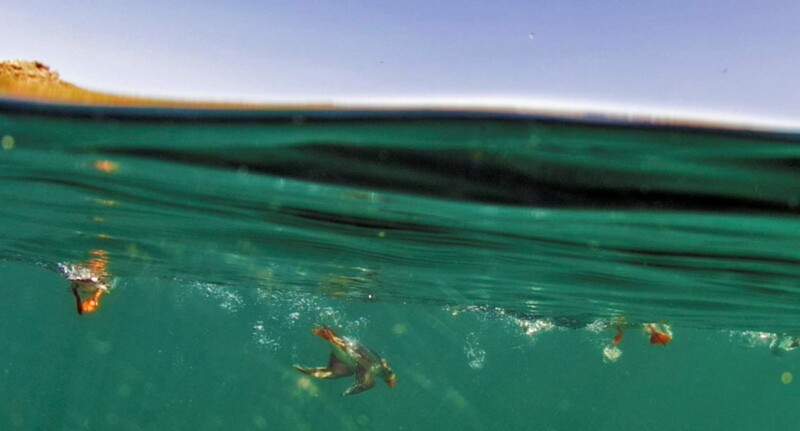
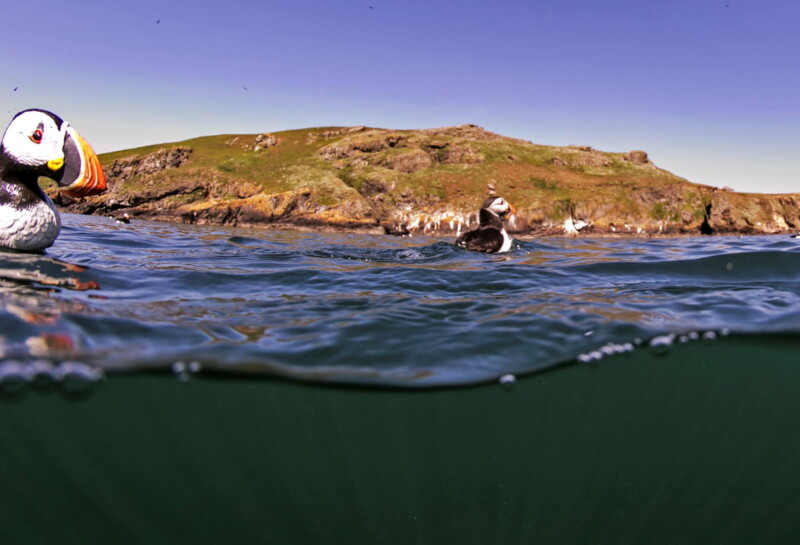
The encounters were so magical that the St Erth, Cornwall-based photographer has already made plans to return with his family in tow.
“Next summer I shall be taking my whole family to see the puffins and other birdlife, such was the impact it had on me,” he says.
A Perfect Place for Puffin Photos
Skomer Island is well known for its wildlife and particularly for its puffin colony. The 1.1-square-mile (2.92-square-kilometer) national nature reserve has the largest colony of Atlantic puffins in southern Britain — around 22,000 individual birds were counted on the island back in 2015.
The puffins feature iconic colorful beaks — which can only be seen during breeding season, after which they turn black — and bright orange feet that have given them nicknames such as “sea parrots” and “clowns of the sea.”
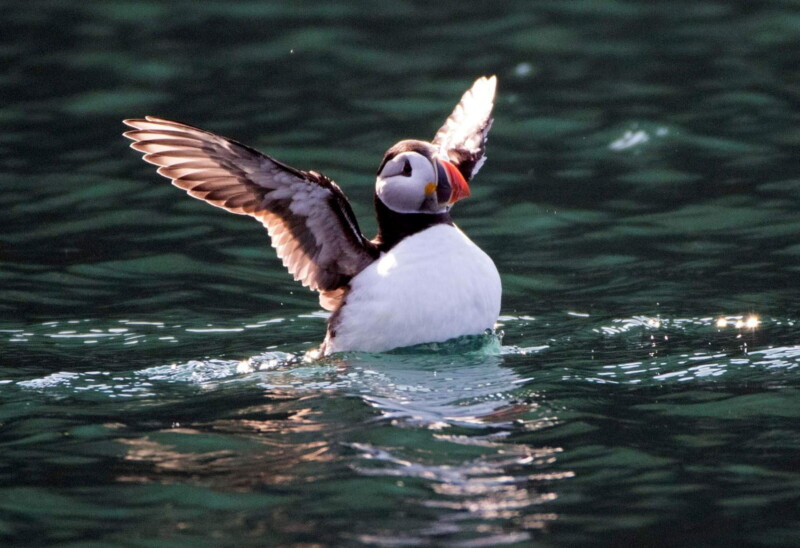
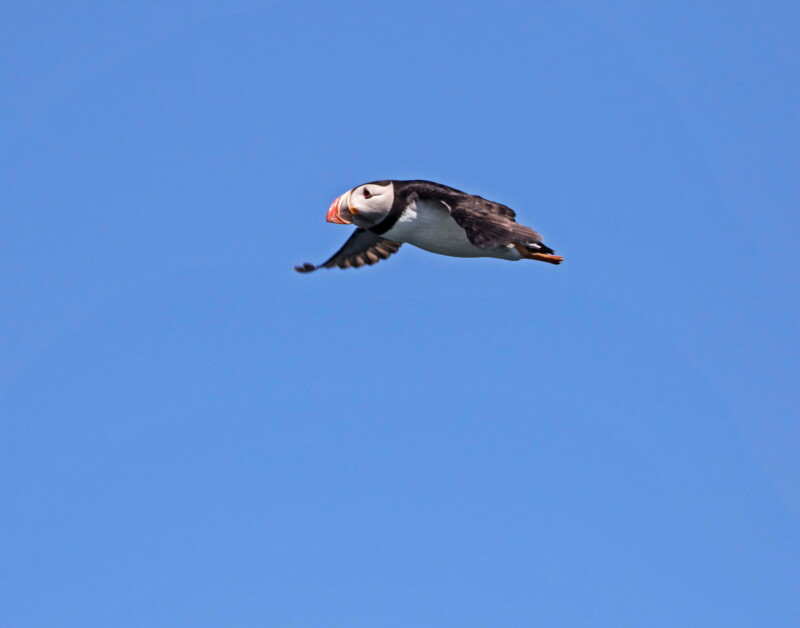
Snorkeling is the ideal way to view and photograph puffins, as the birds spend most of their lives in the water. Unlike penguins, which sleep on land and ice, puffins mostly rest on ocean waves.
Visitors to Skomer Island can find the puffins there from April through August, but the peak time for the maximum number of birds is around June through mid-July.
Image credits: Photographs by Martin Yelland / SWNS